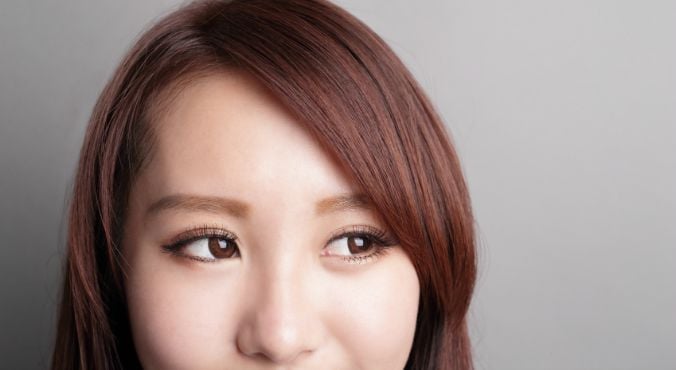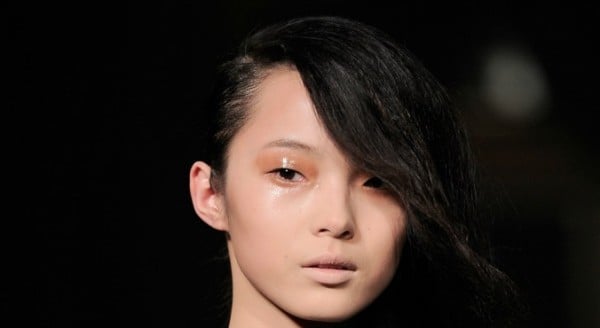
Image: iStock.
There must be something in the air at The Glow HQ, because in recent weeks a handful of staff members have developed a very niche beauty complaint: oily eyelids.
Certain areas of the face are notorious for oil production — yes, T-zone, we’re talking about you — but the eyelids? The one part of your face you never really see? Um, no, we didn’t expect that. The good news is, there are some explanations for your glossy lids — and ways to prevent them from getting in the way of your makeup.
Why does this happen?
According to Dr Michael Freeman, a dermatologist from The Skin Centre, having oily eyelids isn’t a particularly common complaint — in fact, the eyelids tend to be drier than the rest of your skin. However, oiliness can result from a number of factors.
For instance, it could be tied to generalised oily skin, so consider whether the oiliness is limited to the eyelids or whether it’s appearing on other parts of your face and body.

Top Comments
I tried this and it worked very well. Before applying makeup, take a dab of corn starch on your pinkie finger and apply it to your eyelid. Blend. Your lids will stay oil free all day.